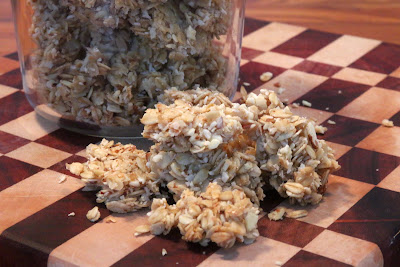A Nation Comes Together
The small plastic bag that I’ve been carrying around since we left Gettysburg reads, “Our Country’s Common Ground.” It was a turning point in the Civil War, and its bloodiest battle. We spent three days there, just like the warring armies. Robert E. Lee was in command of the Army of Northern Virginia and General George Meade led the Army of the Potomac.1 However, the casualties were not limited to the battlefield. The aftermath of the three days of fighting left dead and dying soldiers in fields, public buildings and private homes. It took until January 1864 for the last of the patients and medical staff to finally leave the small Pennsylvania farming town the war disrupted six months earlier.2
Even before the war was over, concerned citizens looked to preserve portions of the battlefield as a memorial to the Union soldiers and in 1864, the Gettysburg Battlefield Association (GBA) was formed.3 When the GBA transferred their land holdings to the federal government in 1895, Gettysburg was designated a National Military Park.4 Within 2 years, there were no less than 90 monuments on the battlefield. There are more than 1,300 today.5


The monuments range from simple to spectacular, including the towering Celtic Cross of the Iron Brigade and the Pennsylvania State Monument, the largest on the battlefield with an impressive 90 bronze plaques listing the names of each of the 34,530 Pennsylvanians who fought there.6 Among the names inscribed on that monument were Loren and Ira Burritt, members of Company K, 56th PA infantry. Loren and Ira were Jason’s great-great uncles, the older brothers of his great-grandmother, Lilian Burritt Brock.
The 56th PA was the second regiment on the battlefield and part of the opening fire on the afternoon of 1 July 1863.7 The company’s monument, on Reynolds Avenue, is a bronze sculpture of three rifles supporting furled colors, a symbol that the regiment has completed its work.


A trip to Gettysburg is something every American should experience. You don’t need to have a veteran ancestor to appreciate the enormity of the sacrifices made by soldiers and citizens on both sides of the conflict. The blood shed on those three days in July, regardless of which flag it was lost for, defines our history as a nation, and in that recognition, we come together on common ground.
Click here to see additional pictures of monuments at Gettysburg.
Footnotes
- “Gettysburg History and Culture,” NPS, (http://www.nps.gov/gett/learn/historyculture/index.htm : accessed 15 October 2015).
- “Gettysburg History and Culture,” 2015.
- “Gettysburg History and Culture,” 2015.
- “Gettysburg History and Culture,” 2015.
- “Veterans, Monuments and Memory,” Civil War Trust, (http://www.civilwar.org/hallowed-ground-magazine/gettysburg-2013/veterans-monuments-and.html : accessed 15 October 2015).
- “Veterans, Monuments and Memory,” 2015.
- Monument, Company K, 56th PA Infantry, Gettysburg National Military Park, Gettysburg, PA, photographed by Donna Brock, 12 October 2015.



































